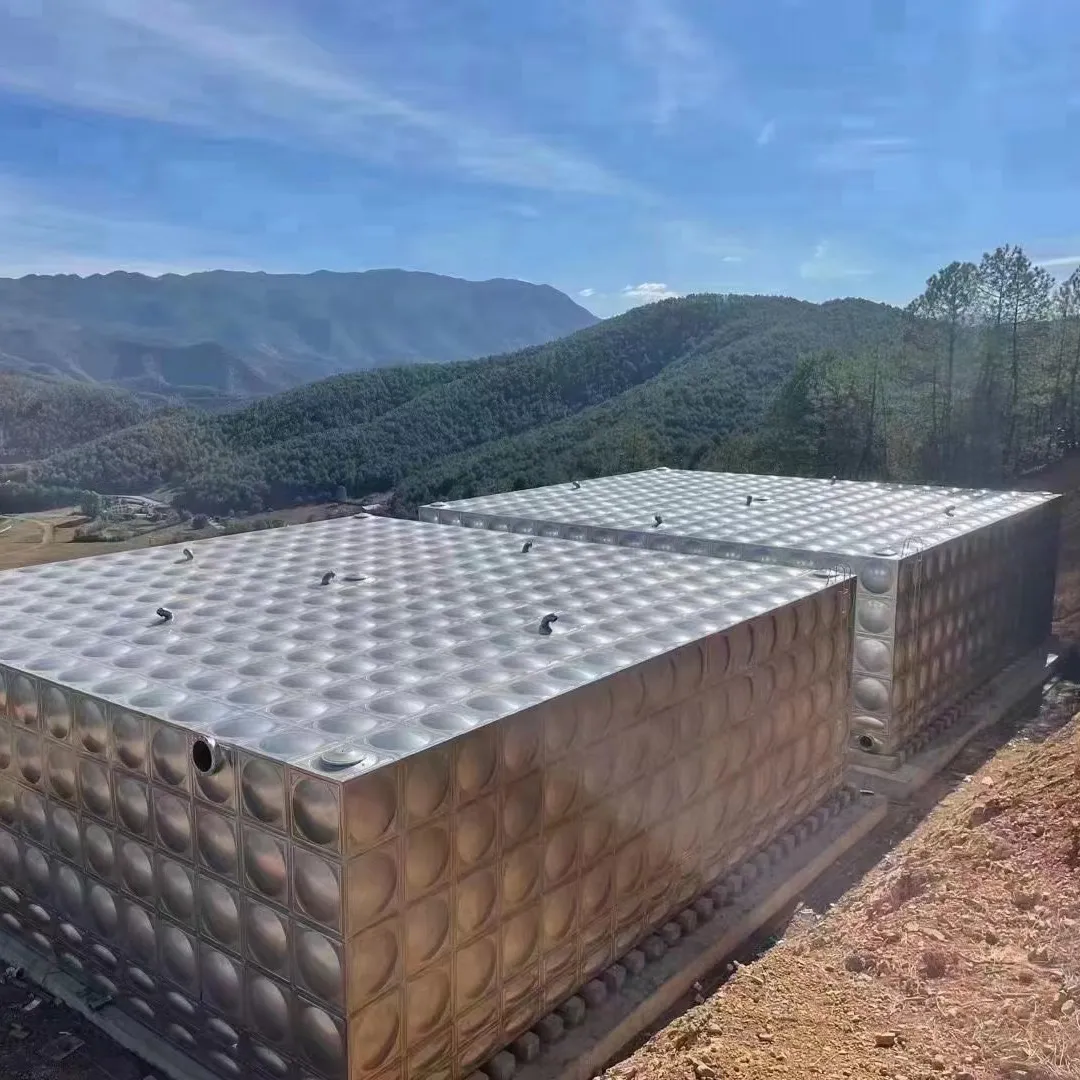loading...
- No. 9, Xingyuan South Street, Dongwaihuan Road, Zaoqiang County, Hengshui, Hebei, China
- admin@zjcomposites.com
- +86 15097380338
- Welcome to visit our website!
frp pultruded gratings
FRP Pultruded Gratings A Comprehensive Overview
FRP (Fiber Reinforced Plastic) pultruded gratings have emerged as a critical component in a variety of industries, offering a robust solution for flooring, walkways, and industrial applications. The unique properties of FRP, combined with the pultrusion manufacturing process, make these gratings an attractive alternative to traditional materials like wood, metal, or concrete.
The pultrusion process involves drawing continuous fibers through a resin bath and then through a heated die, where the composite material is cured and shaped into a profile. This method ensures a high-quality, consistent product with excellent mechanical properties. The resulting FRP gratings are lightweight yet incredibly strong, making them suitable for heavy-duty applications. They can support significant loads while being much lighter than steel or aluminum options.
FRP Pultruded Gratings A Comprehensive Overview
Additionally, the non-conductive nature of FRP makes these gratings an excellent choice for electrical applications. Their insulating properties not only enhance safety but also minimize the risks associated with electrical hazards in industrial settings. This feature is particularly advantageous in environments where safety is paramount, such as power generation facilities and manufacturing plants.
frp pultruded gratings

Another significant advantage of FRP pultruded gratings is their customizable design. Available in various sizes, colors, and load-bearing capacities, these gratings can be tailored to meet specific project requirements effectively. This flexibility allows architects and engineers to incorporate them into diverse applications seamlessly, from pedestrian walkways to heavy machinery platforms.
Furthermore, the installation of FRP gratings is generally more straightforward and quicker than traditional materials, thanks to their lightweight nature. They do not require heavy machinery for handling, which can lead to reduced labor costs and shorter project timelines. This ease of installation is particularly beneficial in retrofit applications where replacing existing grating is necessary with minimal disruption to ongoing operations.
In terms of environmental impact, FRP materials are often more sustainable than their conventional counterparts. The production process can utilize recycled materials, and the longevity of FRP products reduces the need for frequent replacements, leading to less waste in the long run.
Overall, FRP pultruded gratings represent a significant advancement in material engineering. Their unique combination of strength, lightweight, corrosion resistance, and customization makes them an ideal choice for a wide range of applications. As industries continue to seek efficient, durable, and cost-effective solutions, the demand for FRP gratings is expected to rise. This evolution highlights the importance of innovation in materials that not only meet but exceed modern engineering and environmental standards.
-
Transform Your Spaces with FRP Grating SolutionsNewsNov.04,2024
-
The Versatility and Strength of FRP RodsNewsNov.04,2024
-
The Excellence of Fiberglass Water TanksNewsNov.04,2024
-
The Benefits of FRP Grating for Your ProjectsNewsNov.04,2024
-
Elevate Your Efficiency with FRP Pressure VesselsNewsNov.04,2024
-
Welcome to the World of FRP Pressure VesselsNewsOct.12,2024
-
Unveiling the Future of Filtration: Why FRP Filter Vessels are a Game ChangerNewsOct.12,2024
